Home / News
The photovoltaic inverter not only has a direct AC conversion function, but also functions to function as a solar cell and system fault protection. In photovoltaic power generation technology, energy transmission and conversion is a very important part. Mirrack reminds you to choose the following:
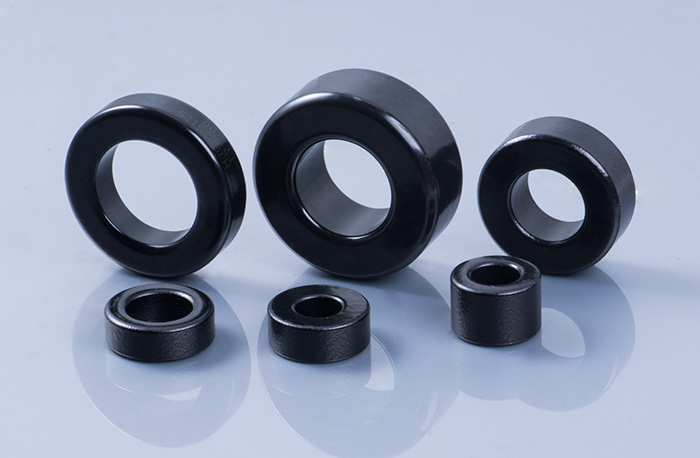
First, the PV inverter general parameters
1. Confirm that your PV power plant is suitable for installing many power inverters. Generally, the installation capacity of a power station is calculated according to the land or roof use area. The calculation should take into account the angle of inclination, the installation method of the bracket, etc., so as to avoid shadow occlusion as much as possible.
2. Investigate that the inverter has several MPPT inputs. The power generation of photovoltaic power plants depends on the number of PVPTs of PV inverters, especially in photovoltaic power plants: first, shadow occlusion; second, component orientation is different; third, component performance is inconsistent, etc. The longer the life of the power station (ie, the attenuation of the components), the more obvious the advantages of MPPT power generation.
3. Investigate the power generation capacity of the inverter. The power generation capability of the inverter is a very comprehensive category. It has many relationships with the heat dissipation, component performance and failure rate of the inverter. However, the most intuitive parameters of the inverter are the efficiency and voltage range. .
Second, photovoltaic inverter protection issues
As the core equipment in the photovoltaic system, the inverter is responsible for the protection of the power generation system and the power grid, in addition to the tasks of power generation tracking and direct AC conversion. As the "CPU" of the photovoltaic power generation system, the inverter must have active detection and prevention functions. When the power grid fails or the component fails, the inverter passes the current sensor and voltage sampling, and the "CPU" makes a judgment indicating the "executing mechanism". The contactor or circuit breaker is disconnected to protect the safety of the person, the power grid and the equipment.
Tips:
The basic protection functions of the grid-connected inverter include: input overvoltage and undervoltage protection, input overcurrent protection, short circuit protection, overheat protection, and lightning protection; and grid protection: output overvoltage protection, output overcurrent protection, Frequency, underfrequency protection and anti-islanding protection.
When the power grid is powered off due to a fault, if the system cannot detect the power failure of the grid and continue to deliver power to the grid, then the PV system can become an independent power supply system, which is called an island effect. There are two reasons for this:
First, after the grid fault detecting device operates, the photovoltaic inverter does not detect the fault;
Second, natural environmental factors cause the grid line to malfunction. The islanding phenomenon will affect the entire grid equipment and user equipment, and even damage the equipment.
Third, photovoltaic inverter cooling solution
Photovoltaic inverters are generally installed outdoors. They often face climatic conditions such as exposure, high temperature, high humidity, salt spray, etc., and they also emit a lot of heat when they work. Therefore, the heat dissipation solution of the inverter is particularly important. Inverter heat dissipation design will take into account many factors such as heat dissipation, protection, installability, maintainability, and economic cost.
Fourth, there are three main types of cooling methods for photovoltaic inverters:
1. Forced air cooling, this is a traditional way of cooling. The fast heat dissipation is its main advantage, but in the harsh environment, the fan failure rate is high, the noise is high, and the power consumption is the disadvantage.
2, look at natural cooling, low failure rate, low noise, high protection level is its main advantage, but its requirements for heat sink design and software control technology is extremely high.
3. The water cooling method is mainly applied to large centralized inverters and has few applications.
V. Over-capacity of photovoltaic inverters
Photovoltaic systems due to component power attenuation, dust occlusion and line loss, coupled with differences in lighting conditions in different regions, in order to optimize system benefits, experienced design engineers will allocate the total capacity of photovoltaic modules to the inverter The capacity is larger, and this situation is called over-matching. Appropriate over-provisioning can increase the overall revenue of the power station system.
Mirrack (Guangdong) Micro Metal Magnet Tech. Co., Ltd. is a hi-tech company specializing in R&D & manufacturing of high quality alloy powder cores, as well as a solution provider for a variety of magnetics applications. Email: danny@mirrack.com
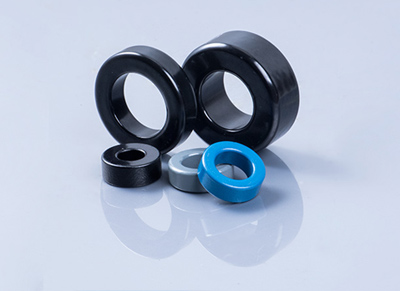
What are the advantages of sendust cores?
November 29, 2018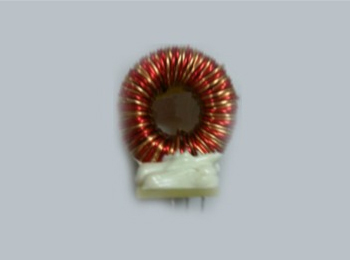
Loss Reduction of Output Inductor for Power Supply
December 05, 2018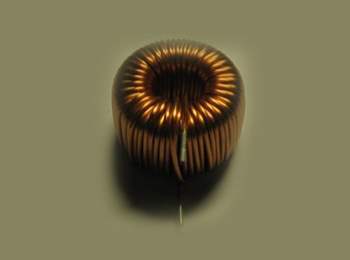
Cost Reduction of PFC Inductor for Power Supply
December 05, 2018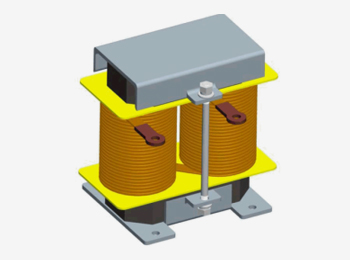
Noise Resolution of Inductor for Inverter
December 05, 2018